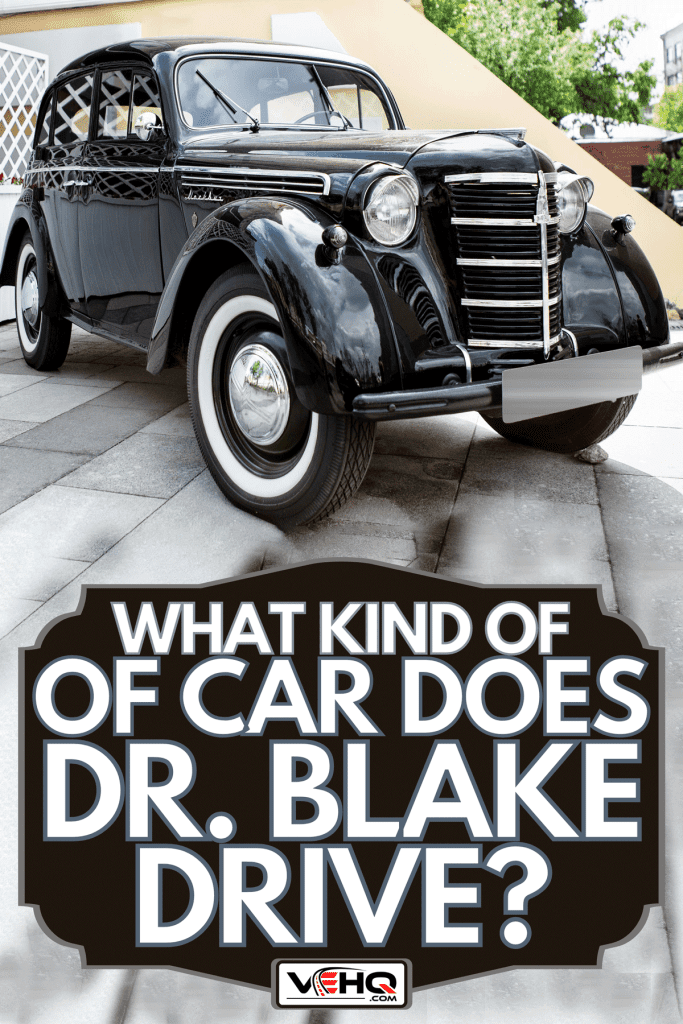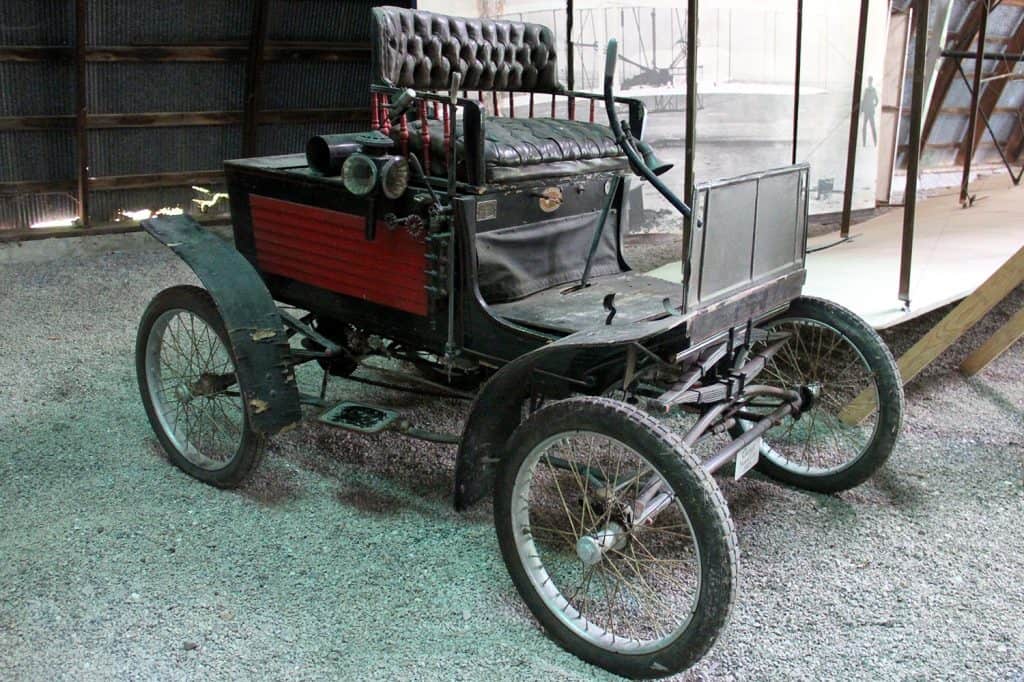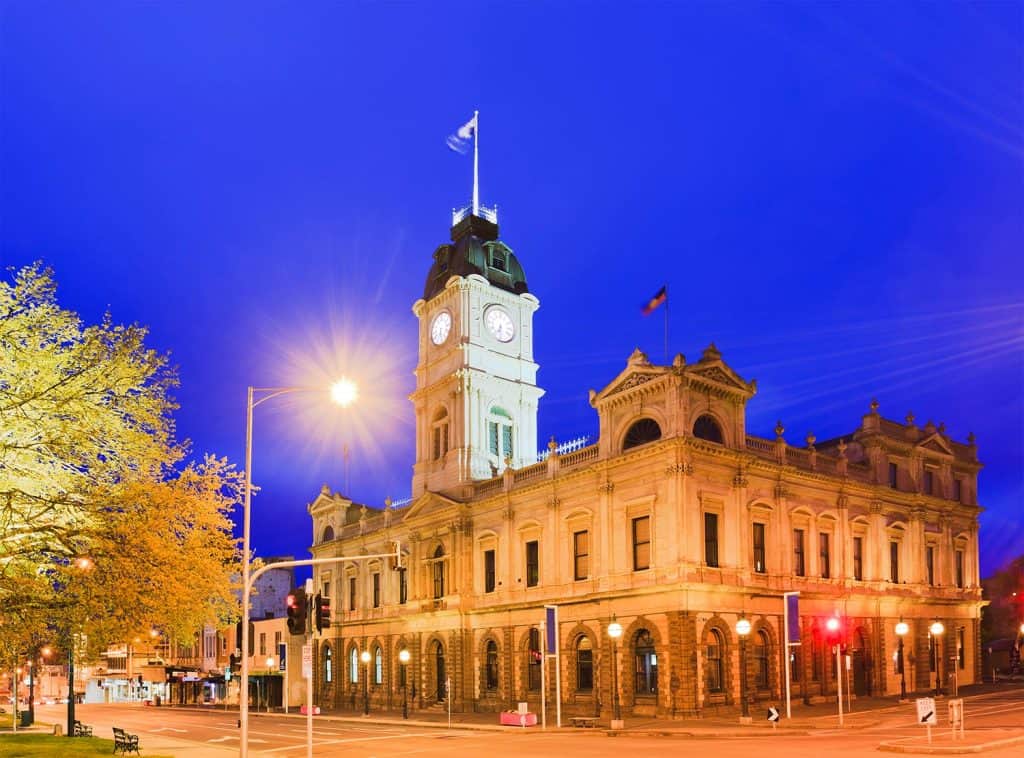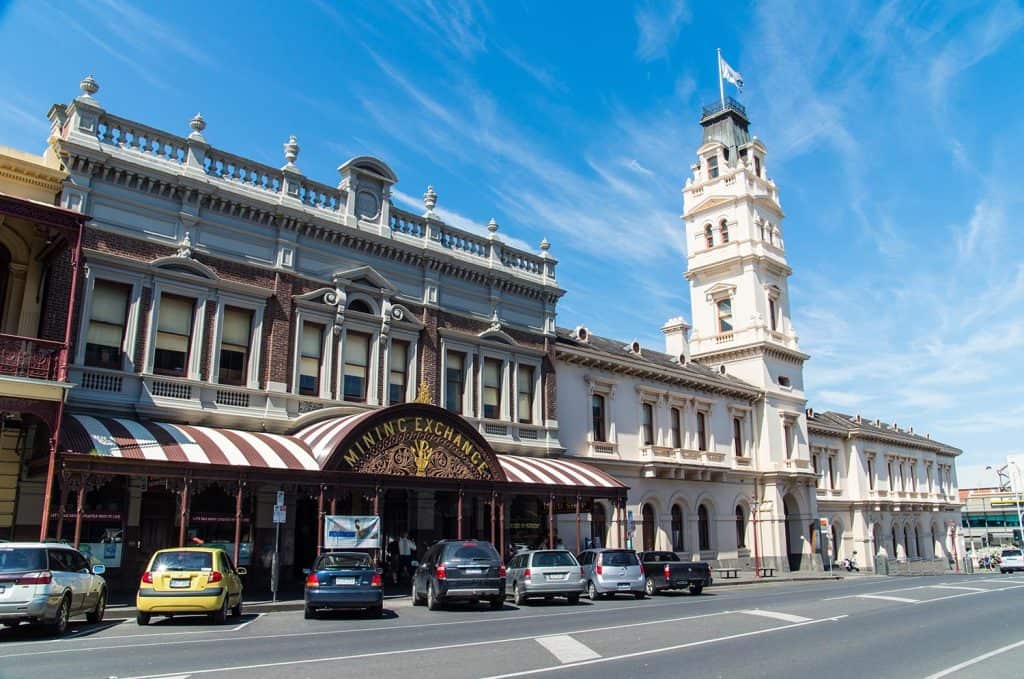If you’ve ever watched “The Doctor Blake Mysteries,” you’ve probably seen tons of vintage cars. But what kind of car does Dr. Blake drive? We have the answer here, and we’ve painstakingly searched for the specifications of that vintage model from experts all over the internet.
A close comparison of the wheel wells and the air vent design on the motor casing of the car driven by Dr. Blake in “The Doctor Blake Mysteries” identify his car as a 1936 Standard 16. The Standard Motor Car Company manufactured the car in Coventry, England.
Many vintage cars look similar to Dr. Blake’s car, so it’s easy to make a mistaken identification. You can find out additional facts, features, and design details of a 1936 Standard here. Continue reading to learn everything we’ve compiled through our research into Doctor Blake‘s car!

The 1936 Standard
Doctor Blake drives a 1936 Standard 16. The Standard Motor Car Company manufactured this automobile style from 1934 to 1936. According to the October 1936 Motor Sport magazine, from Classic Car Catalogue.com, “the saloon [model] is really well finished and equipped...". It included new features such as a sliding roof that instantly operated and locked by a single lever and a single pane windscreen. The seats were luxuriously covered in leather or fabric to match the exterior.
Doctor Blake’s car from the series above. Compare to the following photo direct from the advertisement.
Notice in the original photo of the 1936 Standard 16 the wheel wells and air vents are identical. These are two of only a few differences that establish the correct year.
Specifications
- Engine: 6 Cylinders
- 2143cc
- SV (Side Valve)
- 110-inch Wheel Base
- Front Engine, Rear Wheel Drive
- Weight: 20cwt
- Length: 9 feet, 9 inches
- Wheel/Tire: 18-inch wire wheels and 4.75-18 Tire
- Brakes: Bendix Hydraulic, all four wheels
- Fuel Consumption: 22-24 mpg
- Cost New: From £349 - In 1936, the British pound was worth about $5.
An interior and side view of a 1934 Standard above.
SV - Side Valve Engine
Side Valve Engine - these were used on automobiles beginning in the early 1900s. But consumers and race car drivers wanted more power and faster engines. Gasoline composition improved over the years. Eventually, these SV engines were replaced by engines designed for more efficiency and power. They were mostly obsolete by the 1950s.
2143cc
The ‘cc’ following the number 2143 refers to ‘Cubic Centimeters.’ It tells the engine’s capacity for power output. It’s a measure of how well the car uses the combustion of fuel and air to create power.
The cc number is usually rounded to the nearest tenth of a liter. In this case, a 2143cc engine is equivalent to a 2.1-liter engine.
In the early days of car manufacturing, the ‘cc’ of a car was a significant number. Racecar and motor enthusiasts longed for faster speeds and more powerful engines. The higher the cc, the more powerful and faster the car.
The ‘16’ Designation
The ‘16’ and other numerical designations of the Standard such as ‘the 1936 Standard 16’ or ‘the 1935 Standard 9’ were not horsepower ratings. It was a numerical system of taxation based on the dimensions of the cylinder. It kept the British car prices competitive with foreign cars.
For example, the American car company Ford opened a factory in Manchester, England, to produce the Model T. Using the calculation of its cylinder dimensions, the system placed the Model T into a higher rating - and therefore, a higher taxation rate.
This made the Model T more expensive than cars produced by British-owned and operated companies. The taxing system was abandoned in 1948.
20cwt
CWT is an imperial measurement. It stands for either a ‘long’ or a ‘short’ hundredweight. The long hundredweight is used in Britain; it is 112 lbs. The short hundredweight is used by America and is 100lbs. Since the car is British, 20cwt [long] equals 2,240lbs.
Also new in the 1934 -1936 models were Forward Engine Mounts, Down-draught Carbs, and Telescopic Steering Columns.
Down-draught Carbs
The new Down-draught Carbs - Carburetors - were more efficient than previous models. Unique Cars and Parts explains that these carburetors worked with the flow of gravity - drawing air from above and “drafting” it out the bottom, improving energy performance.
These cars were the result of continuing changes as technology improved during the Industrial Revolution.
What Happened To Standard Motor Company?
Reginald Maudslay founded “The Standard Motor Company” in 1903 in a small building on Much Park Street in Coventry, England.
Portrait of Reginald Maudslay.
The Beginning
At that time, automobiles were called ‘horseless carriages’; the engine was in the rear, the tires resembled bicycle wheels, and the bodies were handmade from wood. According to Triumphworks.com, the very few cars Maudslay first produced were only sold to friends and family until 1905.

Above is an example of a 1903 Horseless Carriage.
Takeover
From 1907 to 1912, Charles Friswell - a car tradesman - took control of the company when he offered to fund its expansion. In exchange, he became the sole distributor of the Standard automobiles. He even arranged to provide a suite of cars to King George for the “Durbar Celebration’, in 1912 in India.
Recovery
Maudslay and Friswell began to disagree over the company; so, with the help of a man called Siegfried Bettmann, Maudslay bought Friswell’s shares in 1912. Seigfried was briefly chairman before leaving that same year to manufacture his own brand, Triumph.
In the book “The Motor Men: Pioneers of the British Car Industry” by Peter King, we find that financial mistakes and design issues caused problems for the company until 1929.
In that same year, John Black - a patent lawyer and ex-army captain - became Maudslay’s assistant. He streamlined the business model and brought in a new engineer named Alfred Wilde, who improved designs.
Maudslay to Black
The next few years were lucrative for Standard, but in 1934, Reginald Maudslay died. John Black took over as the head of the Standard company. That same year, a man named Alick Dick started his apprenticeship at Standard. He eventually became Black’s personal assistant and then the head of the company upon Black’s retirement in 1954.
The Standard-Triumph Merger
In 1944, the Standard Motor Car Company had purchased the struggling Triumph company. Triumph was then re-branded as a subsidiary of Standard. The name was “Triumph Motor Company Limited.” Standard manufactured sports cars under the name Triumph, and saloon cars [sedans], under Standard.
Alick Dick’s Reign
By 1954, Alick was the managing head of Standard. The company ran into financial ruin over the next few years. In 1960, the Leyland car company bought the Standard-Triumph company. The Leyland car company eventually became the ‘Rover Company’ in 1986.
Triumph’s triumph
The Triumph eventually became more popular than the Standard car models. By 1962, Triumph cars displaced all further production of the Standard Automobiles in England. The Standard’s first successor was the Triumph 2000, manufactured in 1963.
The Standard name was retired by Leyland in 1958, and all Standard models were rebranded as Triumph cars. The last car to be manufactured with the Triumph brand name was the ‘Acclaim’ in 1981. Wikipedia reports the Triumph name disappearing by 1984.
India
In 1970, “The Standard Motor Products” brand split with the Leyland car company. The Standard continued to be manufactured from 1948 in India, under the name “Standard Motor Products of India, Ltd.”
Standard car models in India included the “Herald,” the “Gazelle,” and the “Standard 2000”. However, government inquiries into efficiency, on-and-off production, and general design problems severely affected production.
These problems led to fewer and fewer cars being produced. The company went into disuse. Eventually, the rest of the company assets were sold to a British parts specialist after the company dissolved in 2006.
Where Does Dr. Blake Mysteries Take Place?
The fictional show takes place in the city of Ballarat, Victoria. Victoria is one of the six federated states of Australia. It’s approximately 121 km west-northwest of the capital city of Melbourne, Victoria.
The city is well known for its beautiful Victorian architecture. Filming locations used in Ballarat include Lydiard Street, the Ballarat Town Hall, the Ballarat Railway Station, and many others.

Town Hall Ballarat, Victoria. One of the filming locations for “The Doctor Blake Mysteries.”
Ballarat was also “one of the richest goldfields on Earth,” claims Planetware.com. The “Visit Victoria” website confirms that the amount of gold mined was astounding. In nearby Bendigo, between 1850 and 1900, the amount of gold found would be worth over 9 billion dollars today.

Another location of filming is the Mining Exchange in Ballarat, above.
How Many Seasons of Dr. Blake Mysteries are on Netflix?
There are currently no seasons of “The Doctor Blake Mysteries” available on Netflix as of the writing of this article [Jan 2022]. All five seasons are currently available on Amazon Prime Video - if you have the additional Britbox subscription.
It is also available if you sign up directly with Britbox for their services - without Prime Video - at Britbox.com.
In Conclusion
Now that you’ve enjoyed learning all about the history and technical specs of the 1936 Standard driven by Doctor Blake, you will enjoy a deeper appreciation of the show! If you want to learn more about engines and cars, take a look at these articles:
Do Modern Car Engines Have Spark Plugs?
Find out what a suicide door is by reading 7 Types Of Car Doors.
